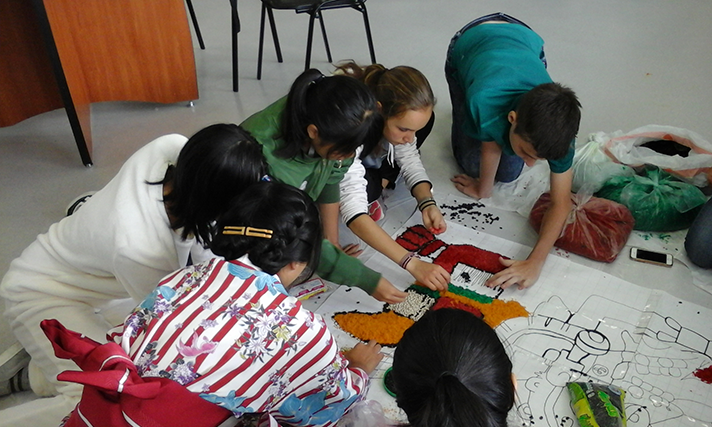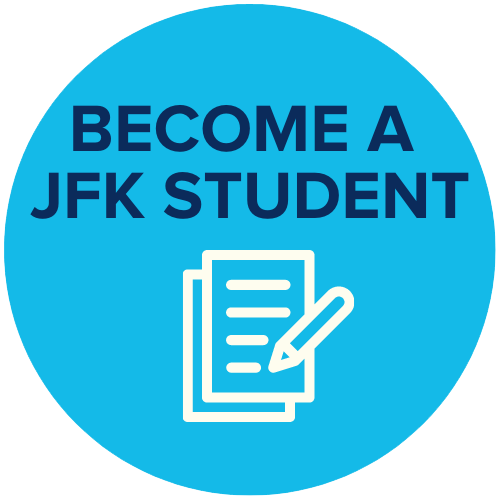SWAS
School Within A School |
|
In our School-within-a-school, we know that diversity is our strength. From countries as far as Japan or France, our students are the embodiment of international-mindedness in JFK. In the beginning, school can be a challenging place for SWAS kids: they don’t speak English or Spanish at home, so adjusting can take a while for them and their parents. SWAS teachers are incredibly kind, understanding, and talented, and before you know it, something amazing begins to happen...our students’ linguistic abilities take on another dimension! Sometimes it’s the chaos of speaking three languages at once, sometimes we see it with a group of girls from Korea, Mexico, and Canada laughing at lunchtime. As SWAS students learn proficiency in a second (or sometimes third, fourth, and even fifth) language, they gain an understanding of the world around them that can only be described by them. Specially-designed LessonsHere in SWAS we believe that all children need time and specially-designed lessons to acquire oral, written, listening, and reading skills, and that time is different for each of our students. We believe in setting high expectations for all of our students, and in creating unique opportunities for learning. SWAS students engage in collaborative projects, research projects, presentations, cross-discipline challenges, experiments, bringing our environments into the classroom, and sharing cultural perspectives with others. SWAS Language ClassesSWAS language classes are taught using mathematics, science, social studies, history, and literature. The language they are here to learn becomes the mode in which they explore the world; imagine making a sundial and describing its use in Spanish after reading about the pre-Columbian cultures of Mexico; or using a compass and the sidewalk to discuss latitude and longitude. In our classes, a carefully differentiated immersion environment is how children learn the target language. Students are always encouraged to think about their own cultures and mother tongue to find comparisons to the lessons they learn at JFK, whether it’s a discussion on ethics, or a research project about famous scientific experiments, or a hands-on project involving a Day of the Dead altar. Sometimes this place can seem bittersweet: we prepare students for linguistic and academic integration and eventually, they do leave SWAS. After a student shows adequate acquisition of the target language in SWAS, the time comes for integration into the regular classroom, where we closely monitor his or her progress, provide strategies for classroom teachers, and provide guidance to families. Did you know?
|
International Students
 |
|
 |
|
70Students from age 7-18 |
8Teachers in SWAS who teach multi-age groups |
SWASStudents and teachers are also part of the JFK school Elementary, Middle and High school sections. |
StudentsAttend character education, arts, music, and technology classes with their groups, helping them to integrate and build relationships with students and teachers outside of SWAS. |
TeachersUse rubrics and portfolios to evaluate language acquisition. |
